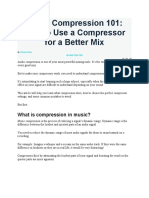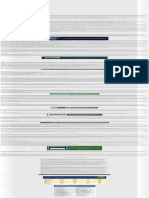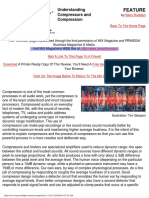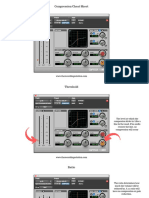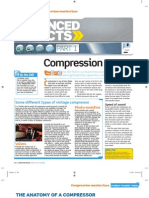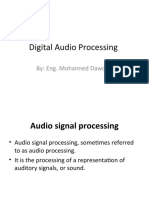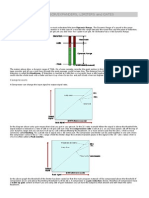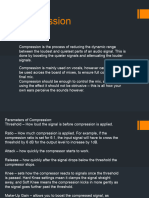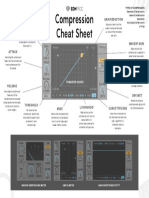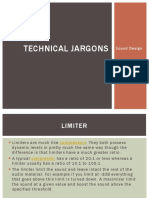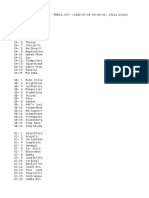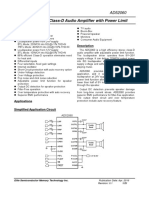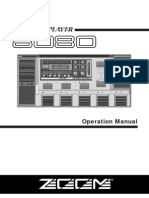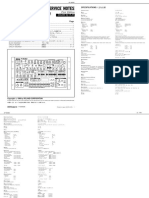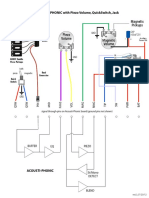0% found this document useful (0 votes)
38 views19 pagesCompressor Cheat Sheet
This blog post provides a comprehensive guide to audio compression, detailing its importance in achieving a balanced sound in music production. It covers the history of audio compression, essential compressor settings, and includes a cheat sheet with recommended settings for various instruments. Additionally, it explores advanced compression techniques that can enhance music production further.
Uploaded by
v5dhk5q6ccCopyright
© © All Rights Reserved
We take content rights seriously. If you suspect this is your content, claim it here.
Available Formats
Download as PDF, TXT or read online on Scribd
0% found this document useful (0 votes)
38 views19 pagesCompressor Cheat Sheet
This blog post provides a comprehensive guide to audio compression, detailing its importance in achieving a balanced sound in music production. It covers the history of audio compression, essential compressor settings, and includes a cheat sheet with recommended settings for various instruments. Additionally, it explores advanced compression techniques that can enhance music production further.
Uploaded by
v5dhk5q6ccCopyright
© © All Rights Reserved
We take content rights seriously. If you suspect this is your content, claim it here.
Available Formats
Download as PDF, TXT or read online on Scribd
/ 19





